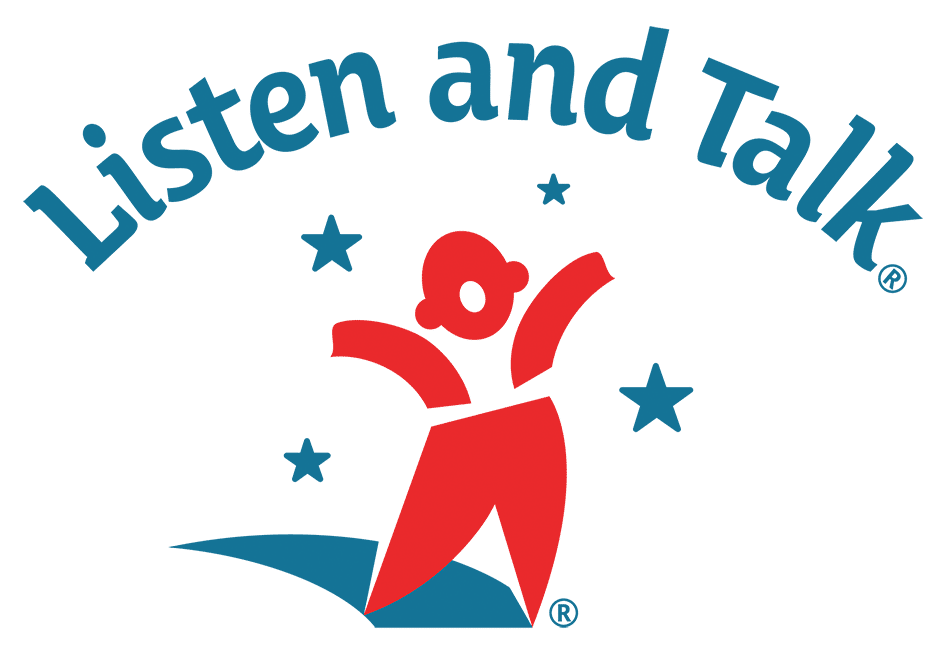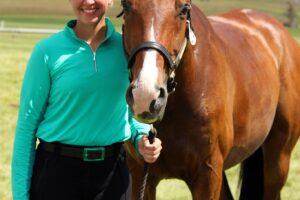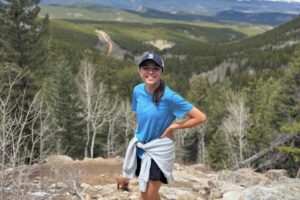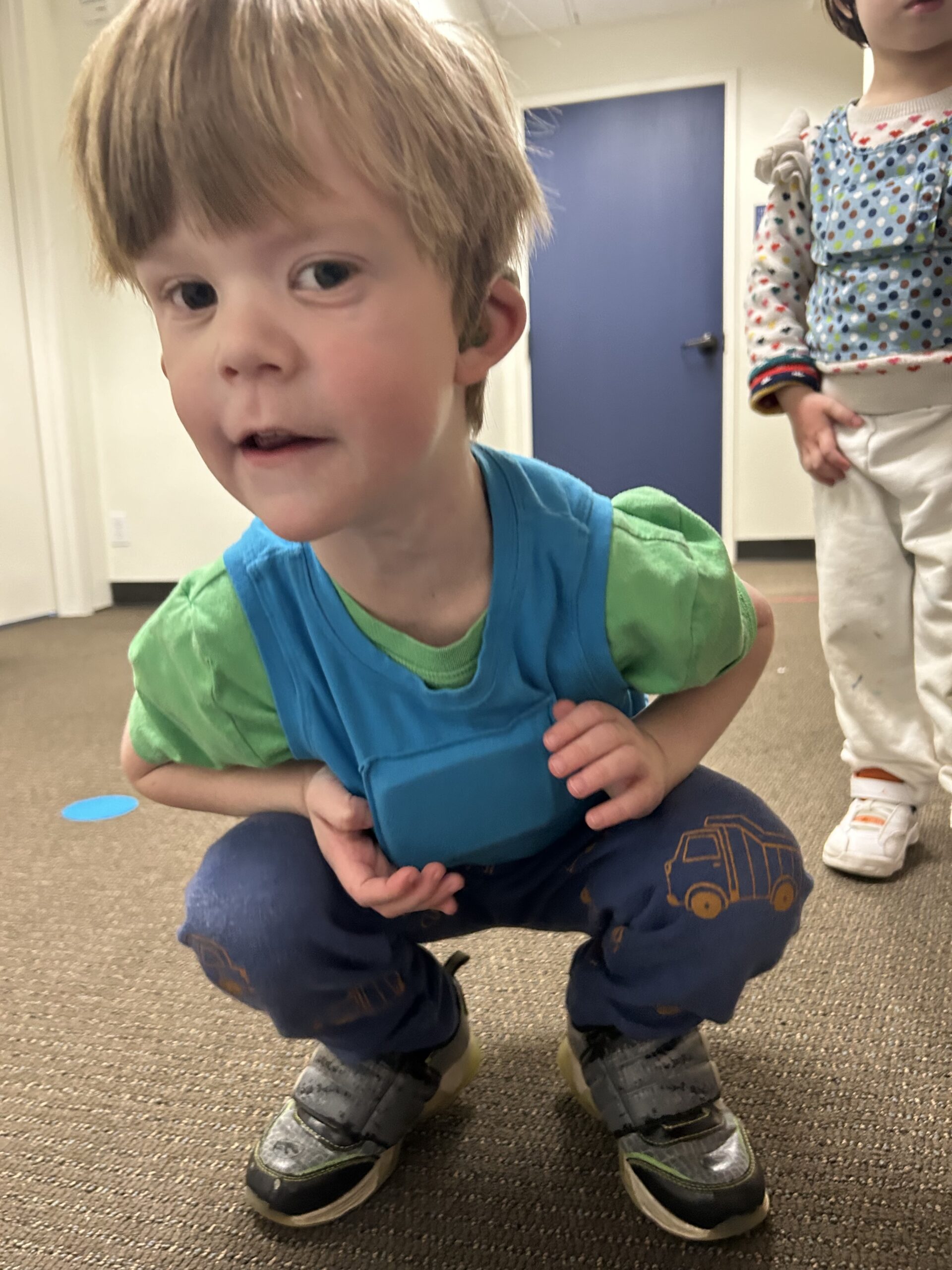
How LENA Technology is Transforming Blended Classrooms
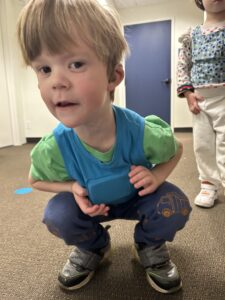
Listen and Talk uses LENA recorders, also known as “talk pedometers,” in our blended classroom program to track children’s communication and language development. Children generally wear the devices for two consecutive days. The devices record the child’s communication, as well as the speech of other children and adults, and ambient sounds in the child’s environment.
How the Data is Used
The LENA software automatically categorizes the recordings into “child vocalizations,” “adult vocalizations,” “overlapping speech,” “noise,” and other categories. It also calculates the number of back-and-forth conversations the child has with others.
Teachers receive a report that shows how many times each category was noted throughout the school day, hour by hour. They can use this information to evaluate the learning environment and to see how much a child is talking and being spoken to throughout the day.
Early Observations
One of our early observations is that a child’s communication may depend on the time of day and/or the activity. For example, children with delayed language development may communicate more in highly structured, teacher-directed interactions, while children with higher-level language skills may communicate more in open-ended activities. We are working on ways to align the LENA recordings with each child’s school schedule to verify these early observations and further individualize interventions.
Enhanced Communication Analysis
The LENA software currently categorizes the language a child hears into “woman,” “man,” and “child” categories. However, we’ve recognized a need for more detailed analysis, as many children in our program have more difficulty communicating with other children than with adults.
To address this, we’re developing tools to utilize fine-grained data from LENA recordings. This will allow us to quantify differences in a child’s communication abilities with various individuals in their environment. By gaining a deeper understanding of these communication patterns, we can refine our interventions and better support each child’s unique needs.
By Mona Oster, Ph.D., CED, LSLS cert. AVT. Education and Research Director
